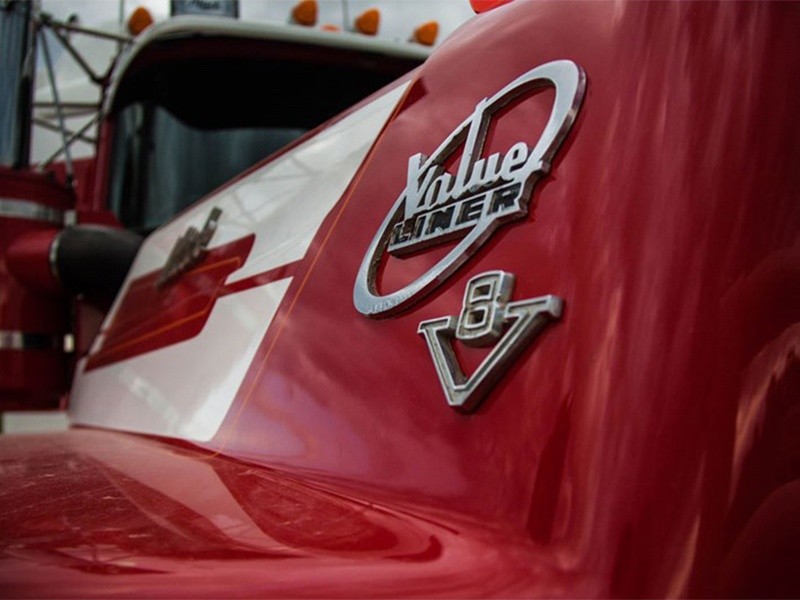The E9 Mack V8 engine stands as an icon in trucking history, renowned for its immense power, unique sound, and enduring legacy. This article delves into the fascinating story of the E9 Mack V8, exploring its origins, evolution, and ultimate demise.
Mack Trucks, an early adopter of diesel technology, recognized the potential for greater efficiency and durability compared to gasoline engines. Their experimentation led to the groundbreaking END 673 Thermodyne diesel, featuring a direct injection system sourced from a collaboration with Scania-Vabis. This partnership laid the foundation for the future development of the Mack V8.
The Birth of the Mack V8
In 1962, Mack unveiled the END-864, a 90-degree V8 engine displacing 864 cubic inches. This powerful engine, with its distinctive exhaust note, marked a significant departure from the inline sixes common at the time.
Though powerful, the END-864 faced challenges with its Bosch PSJ injection pump, which was sensitive to fuel contamination. Head gasket failures and bottom-end issues also plagued the early V8s. Despite these setbacks, the engine’s smooth power delivery and compact design made it a contender in the heavy-duty truck market.
Evolution and Refinement: The Maxidyne Era and Beyond
Mack introduced the Maxidyne concept in 1967, focusing on a wider powerband and improved fuel efficiency. This innovative approach influenced the evolution of the V8, leading to the 1969 release of the redesigned 865 (Maxidyne) and 866 (conventional) engines. These models featured increased displacement, a more robust bottom end, and a switch to a single turbocharger and a more reliable Bosch in-line injection pump.
By the late 1970s, the need for greater horsepower led to the development of the E1000 series, boasting a displacement of 998 cubic inches. This engine, later renamed the E9, laid the groundwork for even more powerful iterations, eventually exceeding 400 horsepower.
The E9 Mack V8: Power and Prestige
The E9 Mack V8 became synonymous with high performance and a distinctive “thumping” exhaust sound. Its popularity extended beyond North America, finding its way into Renault trucks in Europe. While Mack continued to refine the E9, increasing horsepower and exploring applications in marine and military settings, external forces were at play.
The End of an Era
Volvo’s acquisition of Renault in 2001 ultimately sealed the fate of the E9 Mack V8. In 2003, Volvo discontinued the engine in favor of its own D16 diesel. Despite its loyal following and planned upgrades, the E9’s reign came to an end, leaving behind a legacy of innovation and power. However, the E9’s influence lives on in the Scania V8, a testament to the enduring design that originated with Mack.
